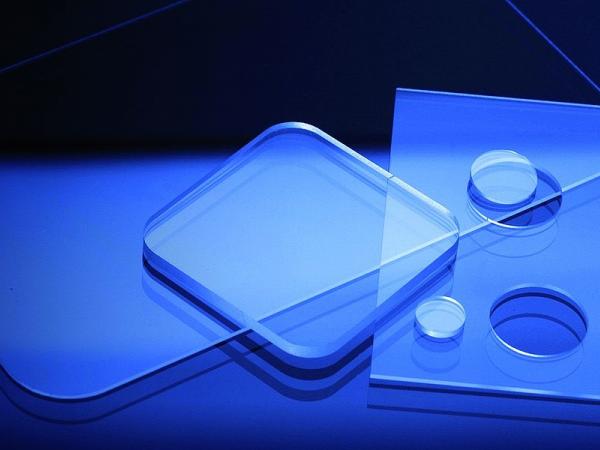
Date: 19 September 2016
ROFIN SmartCleave™ FI laser filamentation cutting process for glass, sapphire, ceramics and other transparent, brittle materials at the Glasstec show, Hall 11, Booth G65. Additionally, the laser manufacturer showcases high-resolution glass marking with UV lasers and decoating applications with picosecond laser sources.
High demand for laser processes for brittle materials
Glass and other brittle, transparent materials offer unique properties, that will fuel a continuously growing use in consumer electronics, medical devices, integrated circuits, architectural, automotive, aerospace and a variety of other interesting market segments.
Driven by the constant need to reduce the number of processing steps, the amount of waste material and the use of water in production, the market is strongly pushing laser manufacturers and laser system integrators to offer alternatives to conventional mechanical technologies.
Especially micro processing tasks, like cutting and drilling, are in need of more precise and less water-consuming technologies.
ROFIN SmartCleave™ FI shows outstanding cutting results

Beside the fusion cutting technology using pulsed fiber lasers especially for sapphire and ceramics, ROFIN’s SmartCleaveTM FI laser filamentation process has created a huge interest in the market, as the combination of achievable processing speed, edge quality (roughness, straightness, surface damage), material thickness range and material universality is just outstanding.
Since the first presentation of this technology at the Glasstec2014, many industrial mass, but also several niche market applications have been realized successfully.
The ROFIN SmartCleaveTM FI filamentation process allows for cutting arbitrary shapes without taper into transparent and brittle materials of 0.05 to 12 mm thickness. The resulting surface finish is basically free of chipping.
Typical surface roughness values less than one micron lead to high bending strengths of the cut parts. At sufficient internal stress levels, like present in chemically or thermally strengthened glass, the filamentation zone is separating automatically.
Non-strengthened glass (e.g., but not limited to, soda lime, borosilicate and alumino-silicate), sapphire or ceramics can easily be separated by low mechanical or thermal force, for example, provided by a CO2-laser heating process.
Latest development results
Suitable pico- and femtosecond lasers for the filamentation process designed in a MOPA chain configuration allow for very high repetition rates and the burst mode option, which provides pulse packages with nanosecond separation and programmable power slopes.
Latest laser development efforts lead to record-setting filament lengths of up to 4 millimeters. Such a laser configuration is expected to be industrially available from ROFIN by the next year.

High-resolution glass marking with UV lasers
Compared to mechanical engraving, sand blasting or etching, the laser is considerably more flexible and environmentally friendly. Based on the PowerLine E UV 10 laser source, ROFIN’s UV marking process provides extremely high resolution for even the finest details.
It produces very smooth surfaces and very little micro-cracks. Compared to other marking techniques, UV glass marking is the greenest one as it goes without chemicals and releases no dust or fumes.
As a flexible, entirely software-controlled process, it requires no templates or stencils and offers cost-efficient production even with small batch sizes.

Decoating of functional layers
Glass used in cars, trains or for construction usually features functional coatings for sun, sight or glare protection which need to be modified for certain reasons. Selective decoating with lasers is much more precise and flexible than etching.
With the PowerLine Pico 50, e.g. invisible grids with line widths of 50-100 µm can be scribed into the coating to increase its radio wave permeability for mobile phone or transponders.
ITO-coated glass substrates are another example. Most applications presuppose structuring these coating and the laser is the tool of choice. Decoating with the PowerLine Pico 50 works reliably with virtually all commonly used coating types and therefore offers a very robust, industry-proof process.

Please visit us at GLASSTEC
September 20 – 23, 2016 in Dusseldorf / Germany
Hall 11 / booth G65
We are looking forward to demonstrating the laser filament cutting technology SmartCleave™ FI to you.
 600450
600450

















Add new comment